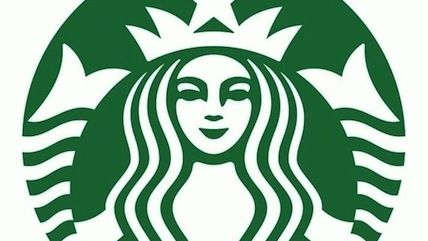Straitjackets for New Ideas
What happens when an idea doesn't fit the regular regulatory categories?

One of the toughest economic challenges "is discovering what consumers want that doesn't already exist and making it happen," Virginia Postrel writes in her latest Bloomberg column. "Regulatory power, by contrast, requires a finite number of rigid categories into which every new idea must be crammed, no matter how it is deformed in the process."

When Starbucks, for example,
wanted to open stores in San Francisco, it discovered that many neighborhoods had banned the conversion of retail spaces into restaurants, reflecting a surprisingly common city-planning prejudice against eating out. Starbucks could sell coffee to go, but it couldn't give customers anywhere to sit unless it located in busy shopping districts away from where people lived. Already a well-established company, Starbucks lobbied to get a new zoning category created, "beverage houses." Now you can find all sorts of coffeehouses in San Francisco neighborhoods where they were once forbidden.
Postrel notes that this "only happened because a wealthy company had the resources to survive in less desirable locations while it worked to change the rules." Most enterprises, and most people with new ideas for enterprises, aren't as big and rich as Starbucks.
And that's what it took to open some coffeeshops with chairs—not exactly a bold innovation, even if it felt like one in certain sectors of San Francisco. Postrel points to plenty of other products, from Airbnb to "tailored and dynamic cocktails of bacteria-attacking viruses," where the regulatory straightjacket has been even more confining. To read the whole thing, go here.
